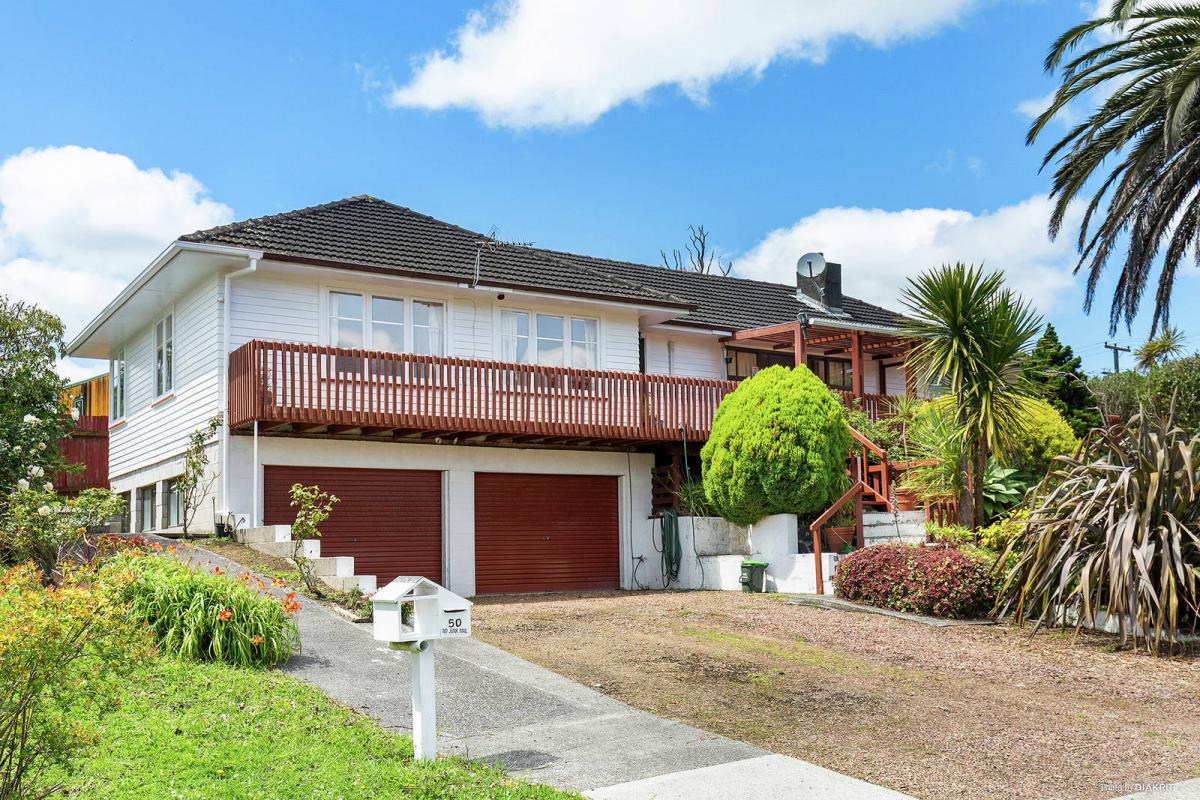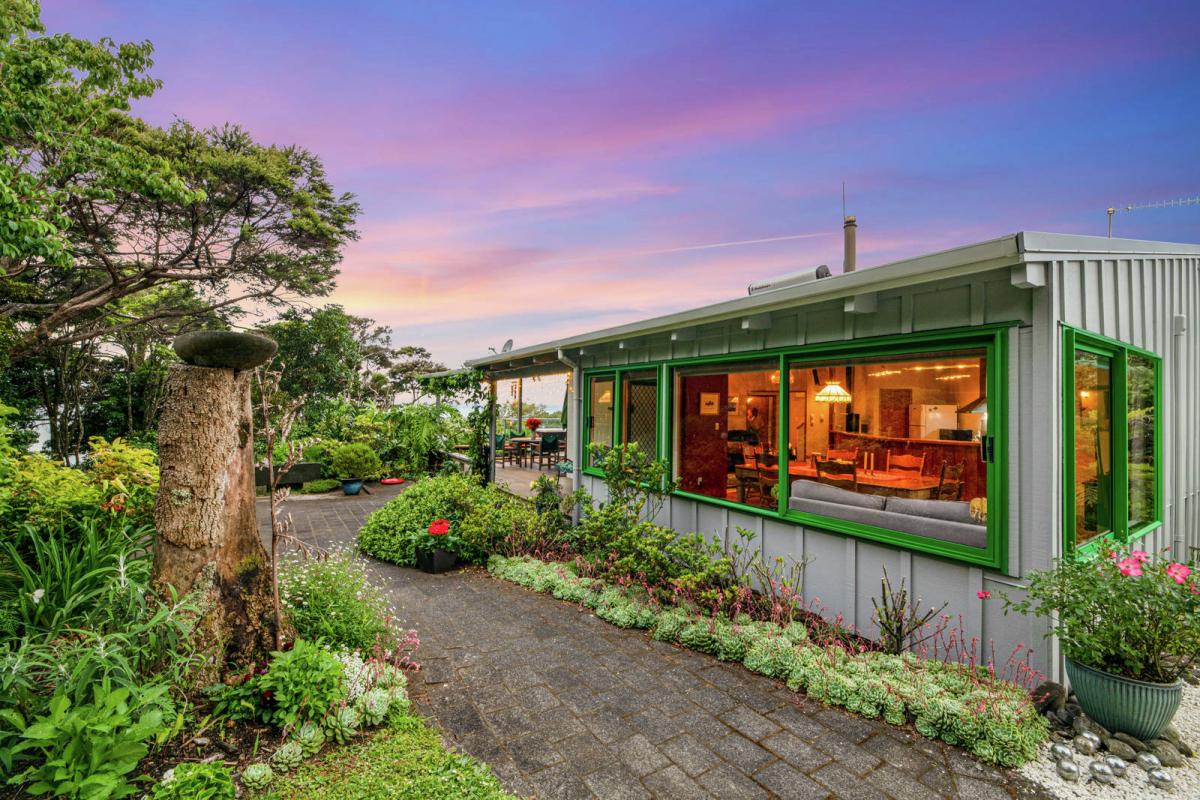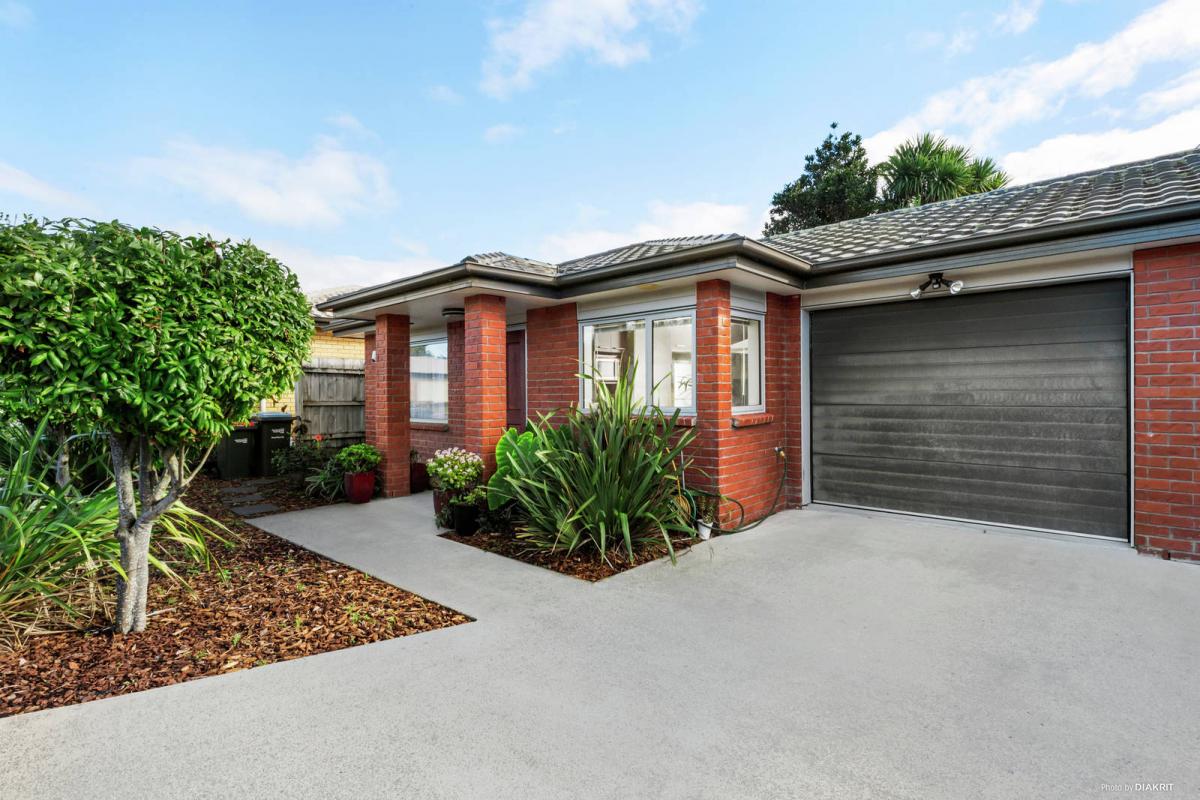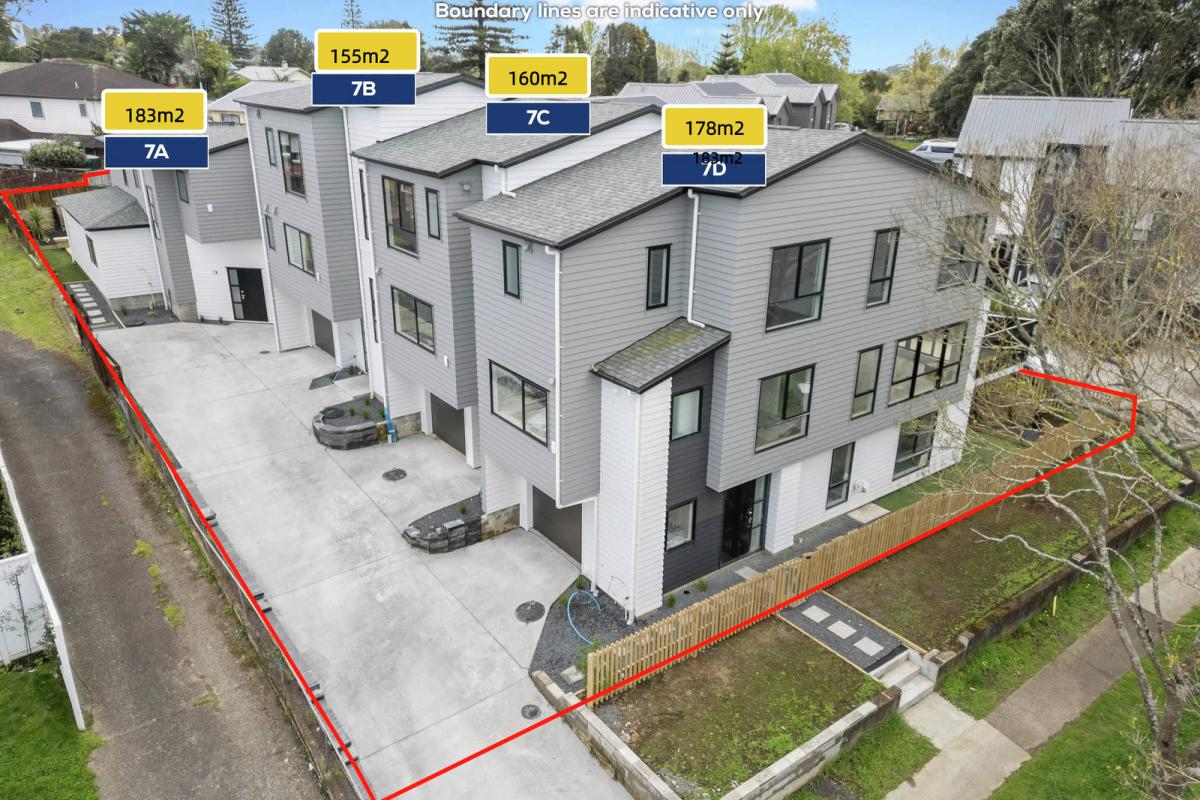Poll: How should our kerbside rubbish collection services be paid for?
Kia ora Tāmaki Makaurau.
Auckland Council is looking to scrap bin tags in parts of Auckland.
The bin tags – or a pay as you throw (PAYT) system – were rolled out in West Auckland, Papakura and on the North Shore between 2017 and 2018.
Rather than paying for kerbside rubbish collection as part of their rates, residents in these areas purchase bin tags from supermarkets, council service centres and libraries, and attach them to their bin on rubbish collection day.
The bin tags were part of the council’s strategy to achieve its goal of zero waste to landfill by 2040, with one standard sized bin (120L, bin tag cost $4.25) fitting the equivalent of, and removing the need for, two plastic rubbish bags.
The council had planned on rolling out this system across the entire region, however it now believes it is too expensive to operate and lacks the financial incentive needed to make people reduce their waste.
Now, it is proposing to move the entire region to a rates-funded collection service, with the choice of three rubbish bin sizes to cater to different household needs and costs.
If the proposal to goes ahead, it is estimated Aucklanders will pay $314 per year for their rubbish, recycling and inorganic collection. Including food scraps collection, this will cost $375.
If the entire region moves to a PAYT system, it is expected each household would spend $353 on bin tags each year, or $415 including food scraps collection. This estimate is based on the current average collection rate of a household with a standard 120L bin.
Consultation on the matter will begin on February 28. So, what do you think should happen?
Read more here: www.stuff.co.nz...
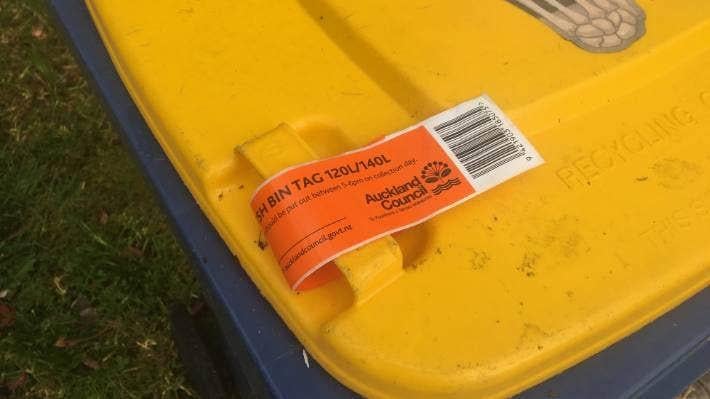
-
34.6% Bin tags make me consider what I send to landfill
-
40.2% Rates-funded collection is easier than using bin tags
-
19.9% Rates-funded collection, but bin tags available for those with little waste
-
5.4% Undecided - tell us in the comments
Live Q&A: Garden maintenance with Crewcut
This Wednesday, we are having another Neighbourly Q&A session. This time with John Bracewell from Crewcut.
John Bracewell, former Black Caps coach turned Franchisee Development Manager and currently the face of Crewcut’s #Movember campaign, knows a thing or two about keeping the grass looking sharp—whether it’s on a cricket pitch or in your backyard!
As a seasoned Crewcut franchisee, John is excited to answer your lawn and gardening questions. After years of perfecting the greens on the field, he's ready to share tips on how to knock your garden out of the park. Let's just say he’s as passionate about lush lawns as he is about a good game of cricket!
John is happy to answer questions about lawn mowing, tree/hedge trimming, tidying your garden, ride on mowing, you name it! He'll be online on Wednesday, 27th of November to answer them all.
Share your question below now ⬇️

Tips on Choosing the Right Mattress Size for Quality Sleep Every Night
When it comes to getting a good night's sleep, the right mattress size plays a crucial role.
You might have heard myths about beds and frames and which size suits you.
Today, we're here to demystify these myths and provide a size-by-size comparison to help you find the perfect fit for your needs.
Finding the Perfect Fit
Selecting the right mattress size is akin to finding the perfect fit in a world of options.
Much like trying on clothes or shoes, your mattress size should cater to your individual needs and preferences.
Let's explore some key factors to consider when finding the perfect fit for your mattress:
1. Personal Preferences.
Consider your sleeping habits and personal space preferences.
Do you like to sprawl out or curl up?
Are you a solo sleeper, or do you share the bed with a partner, kids, or pets?
Understanding your personal preferences is essential in determining the ideal mattress size.
2. Bedroom Size.
Take the dimensions of your bedroom into account when choosing a mattress size.
A spacious bedroom can accommodate larger mattress sizes, whereas smaller bedrooms may require more compact options to ensure ample space for movement and furniture placement.
3. Sleeping Partners.
If you share the bed with a partner, consider their sleeping habits and space requirements.
A larger mattress size, such as a queen or king, provides ample space for both individuals to move comfortably without disturbing each other's sleep.
What Size Should You Get?
Let's break it down size by size:
Single Mattress (91cm x 188cm). Ideal for kids' rooms, guest rooms, or small bedrooms. A single mattress is also a good option for individuals who prefer sleeping alone and value space conservation.
Double Mattress (137cm x 188cm). Also known as a full-size mattress, this option offers more room to stretch out than a single mattress. It's suitable for couples who like to snuggle or for individuals who appreciate extra space.
Queen Mattress (153cm x 203cm). The queen mattress is one of the most popular choices for couples. It provides ample space for two people to sleep comfortably without feeling cramped. It's also a great option for individuals who enjoy sprawling out.
King Mattress (167cm x 203cm). The king mattress offers the most space out of all the standard sizes. It's perfect for couples who want plenty of room to move around or for families who like to co-sleep with young children or pets.
Choosing the Perfect Mattress Size for Your Sleep Needs
Mattress sizes can vary around the world, which can sometimes lead to confusion. In New Zealand, we follow standard sizes such as single, double, queen, and king.
However, it's essential to consider your personal preferences and the dimensions of your bedroom and furniture when choosing a mattress size.
Selecting the right mattress size is crucial for a good night's sleep.
By understanding the differences between single, double, queen, and king mattresses, you can make an informed decision that meets your needs and preferences.
At Beds4U, we're committed to helping you find the perfect mattress size.

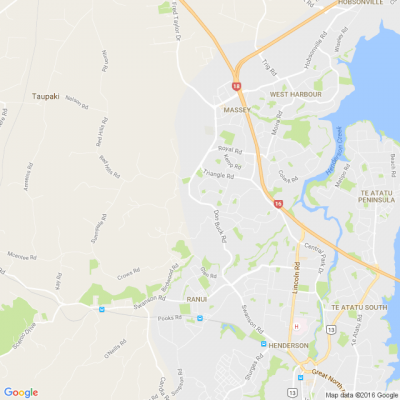
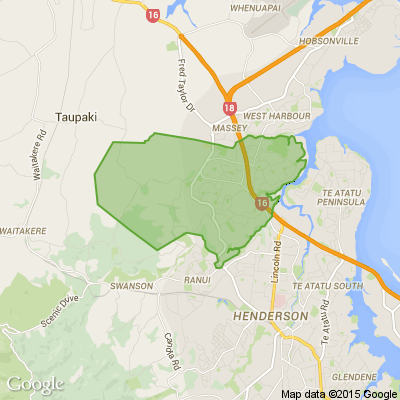





 Loading…
Loading…